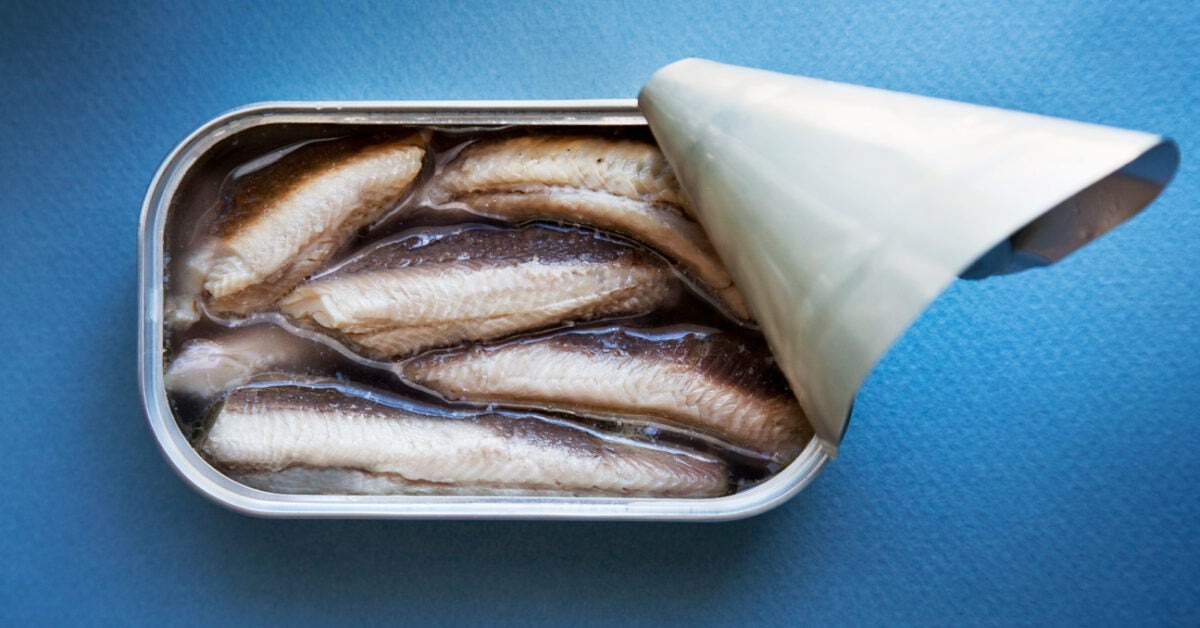Revered as far back as the Romans, sardines are not as popular as larger fish such as salmon and tuna. Despite this, these little fatty wonders have huge nutritional potential and are becoming increasingly prevalent worldwide due to their affordability, sustainability, and delicious flavor.
So, let’s dive into some fascinating facts about sardines and learn everything you need about this little fish with an extensive history.
They’re great on the barbecue.
You don’t have to limit your introduction to this delicious fish to canned sardines. If you prepare fresh sardines carefully, you can turn them into a mouthwatering feast that will tantalize your taste buds. One preparation method that perfectly brings out the flavor potential of these tiny fish is cooking them over an open flame.
Grilled sardines are best served to let their natural flavor shine through. For example, try serving them on a green salad with a splash of lemon juice and olive oil, as in this recipe with grilled sardines, charred lemon, and chili.
When buying fresh sardines, choose fish with clear, bright eyes and shiny scales to be sure you have the freshest catch.
Canning sardines soften the bones.
Some people are put off because sardines and fish generally contain bones.
But although sardines are bony fish, the canning process softens the bones, which means you can eat them without fear of piercing a bone.
This makes sardines a great first fish for babies beginning to be weaned, as they have no chance of choking on a bone. In addition, omega-3 fatty acids DHA found in sardines are essential for a child’s brain and eye development and can improve concentration and memory as they grow.
Sardines pair beautifully with tomatoes.
Most people choose basil, mozzarella, or avocado when choosing the perfect tomato partner. However, you may not know that sardines and tomatoes are a match made in heaven. The tangy sweetness of fresh tomatoes pairs perfectly with the bold flavor of sardines, and this combination will make your taste buds dance with delight!
Both tomatoes and sardines pair well with other intense flavors like garlic and chili, so don’t be afraid to experiment and create your culinary masterpieces.
Sardines are often included in Mediterranean antipasto plates
Remember to include these fishy treats when preparing an antipasto plate for friends. Check out our antipasto recipe for inspiration to create the perfect ensemble that goes perfectly with sardines.
Sardines are often canned for preservation, giving them a long shelf life.
Although fresh sardines with their juicy, flaky flesh are a tasty treat, they spoil quickly and should be eaten within a few days of being caught. The high omega-3 content, while good for our health, causes fresh sardines to deteriorate faster than lean fish or meat. Fortunately, for those who seek sardines often, the canning process dramatically extends the shelf life of sardines, allowing you to always have a jar on hand when needed.
The fish is cleaned, gutted, and cooked for canning until cooked through, then tamped tightly into jars and sealed airtight, preserving nutrients and protecting them from oxygen.
No matter what type of sardines you prefer, there is no doubt that having a jar of sardines at the ready can be very handy when you don’t have time to cook the fish but still want to enjoy the wholesome flavors of these fatty delicacies.

 Discuss
More news
Discuss
More news


